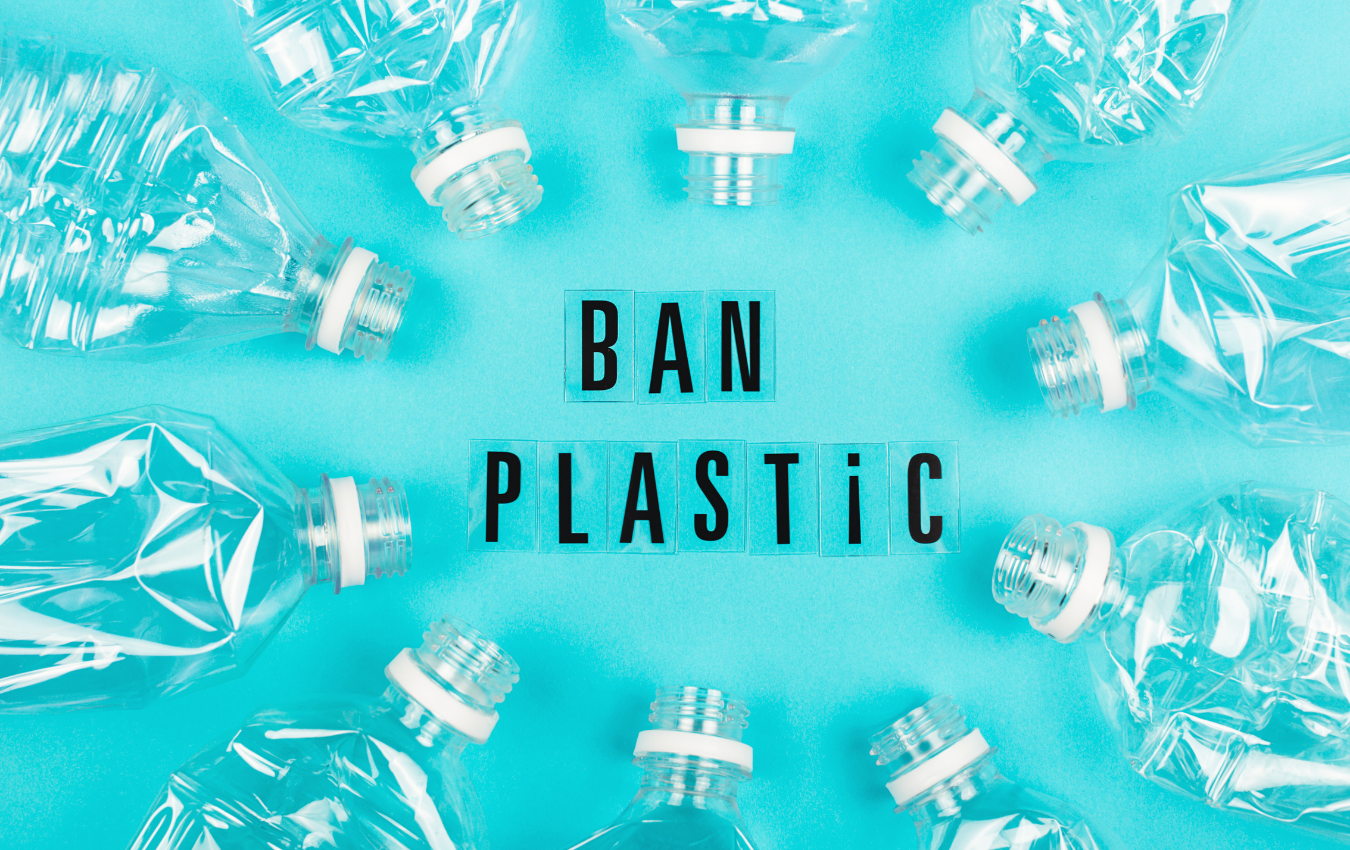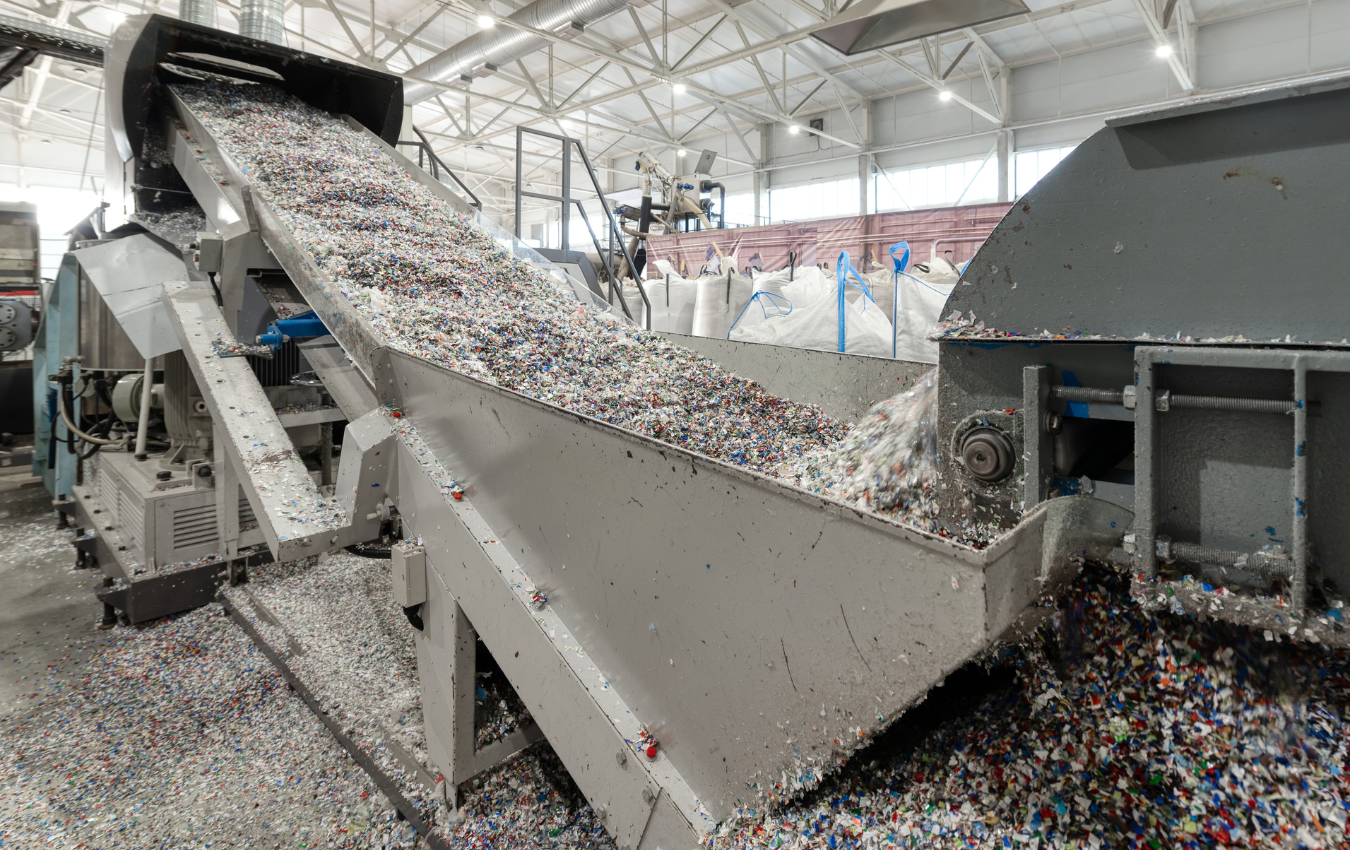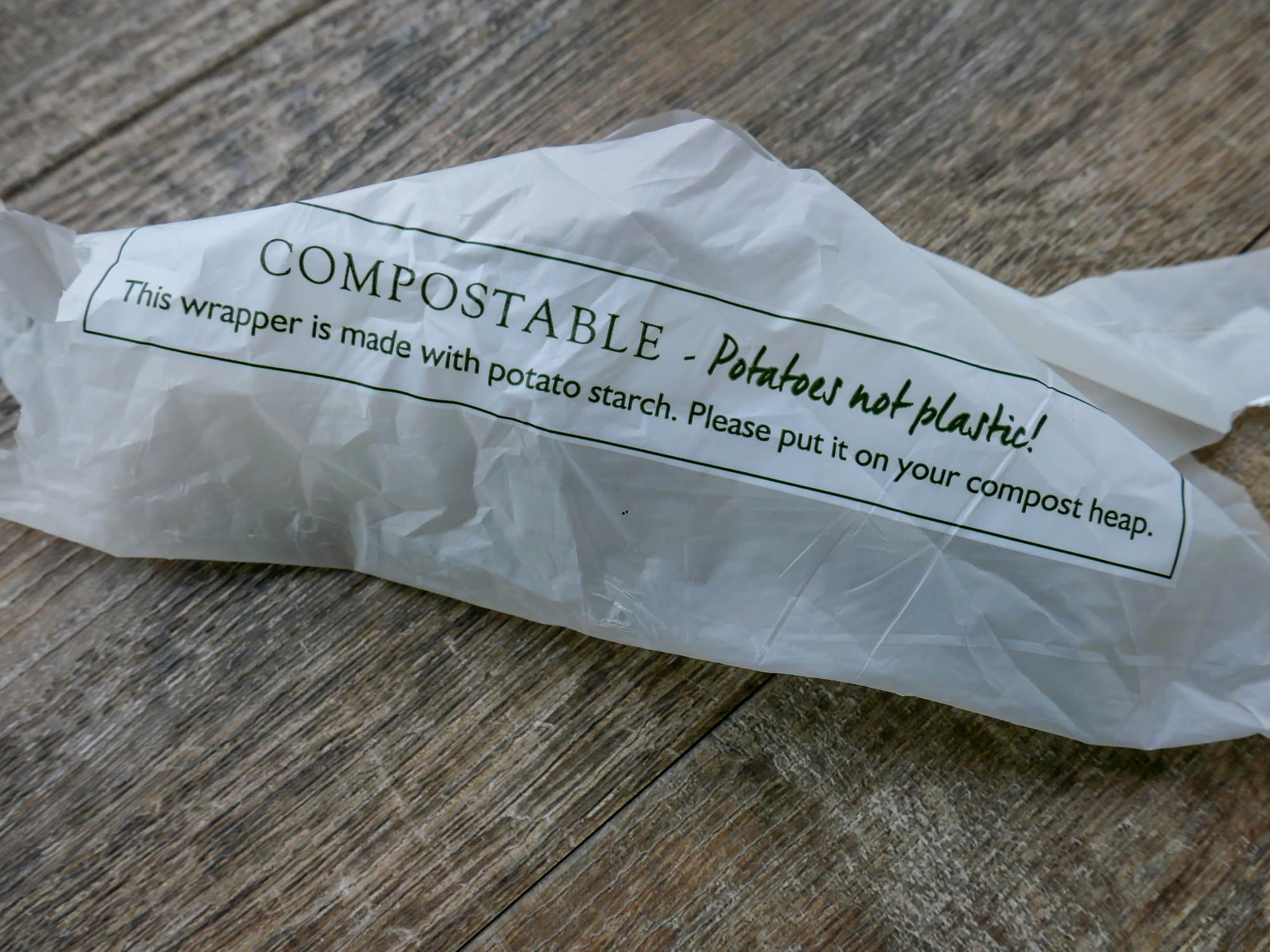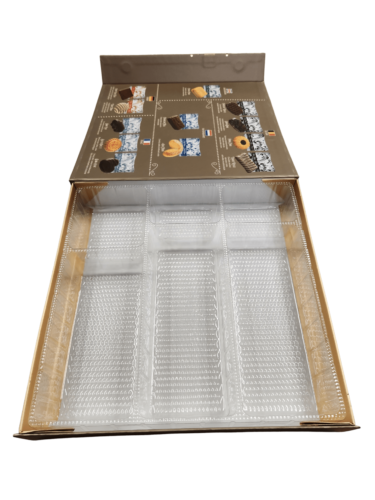Home » California’s Push Against Single-Use Plastics: Impact on Packaging
California’s Push Against Single-Use Plastics: Impact on Packaging

In the ongoing battle against environmental degradation, California has emerged as a leader in the fight to reduce single-use plastics. With a series of comprehensive laws and regulations, the Golden State has taken bold steps to curb the use of these harmful materials. Bans on single-use plastic bags, straws, and expanded polystyrene (Styrofoam) food containers are just a few examples of California’s commitment to a greener future. In this blog, we’ll explore these regulations and their significant implications for packaging choices, particularly within the food and beverage industry.
California’s Stringent Regulations on Single-Use Plastics
California’s proactive stance on reducing single-use plastics has resulted in several impactful regulations:
Ban on Single-Use Plastic Bags:
In 2014, California became the first state in the U.S. to ban single-use plastic bags at most retail stores. This groundbreaking law aimed to reduce plastic pollution, encourage reusable bag usage, and promote sustainability.
Straws on Request:
Under the “Straws on Request” law that took effect in 2019, restaurants in California can only provide plastic straws upon customer request. This measure significantly reduces the distribution of single-use plastic straws, minimizing plastic waste.
Ban on Expanded Polystyrene (Styrofoam) Food Containers:
California implemented a ban on expanded polystyrene (EPS) foam food containers in 2020. The use of EPS for takeout containers, cups, and plates is now prohibited due to its environmental impact and persistence in the environment.
The California Circular Economy and Plastic Pollution Reduction Act:
Enacted in 2020, this law sets ambitious targets for reducing plastic waste and increasing recycling rates in California. It encourages manufacturers to use more recycled materials in their products and promotes a circular economy for plastics.

Implications for Packaging Choices in the Food and Beverage Industry
California’s stringent regulations on single-use plastics have far-reaching implications for businesses, particularly those in the food and beverage industry:
Adoption of Sustainable Alternatives:
With bans on EPS foam containers, businesses must seek sustainable alternatives for packaging. This shift has led to the adoption of compostable or recyclable materials, such as paper-based packaging, reusable containers, and innovative eco-friendly materials.
Emphasis on Reusability:
The ban on single-use plastic bags and straws has placed a renewed emphasis on reusable packaging options. Restaurants and food establishments are increasingly offering reusable containers and encouraging customers to bring their own bags and containers.
Focus on Eco-Friendly Packaging Designs:
As businesses seek to comply with California’s regulations, they are investing in packaging designs that are both functional and environmentally responsible. This includes using materials that are easily recyclable or compostable and reducing excessive packaging.
Consumer Awareness and Preference:
California consumers are becoming more aware of environmental issues, leading to a preference for businesses that embrace sustainable packaging practices. Packaging choices that align with these preferences can be a competitive advantage.

If you are interested in packaging solutions in California, then partner with Brown Packaging today to get started.
Sustainability in pet product packaging involves balancing environmental impact with functional performance. Materials must protect against moisture, oxygen, and pests while also meeting recyclability or
Retail packaging must do two jobs at once—catch the shopper’s eye while protecting the product through the supply chain. Too much focus on graphics can
As budgets tighten in 2026, packaging buyers are under pressure to reduce costs without increasing damage rates. Cutting too aggressively can lead to product loss,
Many U.S. businesses currently sourcing packaging from China are facing a harsh reality: tariffs and trade volatility can quickly erode margins and disrupt supply chains.
Rising tariffs and trade restrictions on Chinese manufacturing are accelerating the need for U.S. companies to reevaluate their packaging supply chains. Many packaging buyers who
POP display design must serve two masters — maximizing visual impact in-store while minimizing logistics costs. Engineering the right balance between display footprint, assembly complexity,
Home » California’s Push Against Single-Use Plastics: Impact on Packaging

In the dynamic and ever-evolving food industry, packaging plays a pivotal role in preserving the quality, safety, and freshness of products while also captivating consumers

Poly bags are a staple in the packaging industry, offering a lightweight, cost-effective, and versatile solution for packaging various products, from food and consumer goods

Polypropylene, often referred to as PP plastic, is the second most widely used plastic globally, praised for its remarkable durability, strength, and resistance to various


